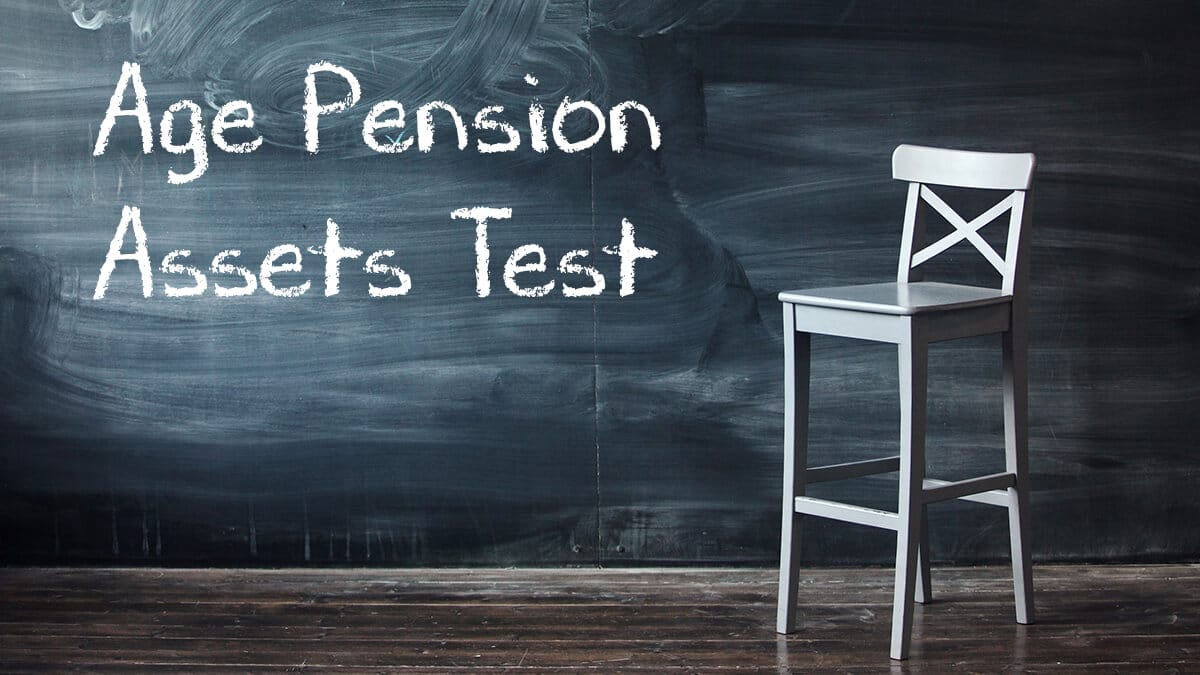Age Pension Asset Test

If there is anything good to say about the recent spike in inflation, it is that it has prompted the Federal Government to upwardly review the figures it uses regarding the asset test, when calculating age pension entitlements.
While it won’t have much impact on those already receiving an age pension, it may mean that you are now eligible for a part pension when you have not previously been eligible. So, it is worth taking another look at the numbers.
For a single homeowner, you can now have $656,500 in assets in addition to your own home and qualify for a part pension while for a couple, you can have up to $986,500 in assets beyond your home and qualify for a part pension.
A part-pension maybe as low as $1 a fortnight under the new calculations, but the attraction of obtaining even just a part pension for many older Australians, is the discounts and other benefits that come with having a pension card.
So, the next question many will ask is, what is included in the age pension asset test?
The answer is basically all your belongings, assets, and superannuation, even those assets that you might only own a share of or on which you owe a debt, except for your home.
Obviously, all real estate that you own including any holiday homes, caravans and boats are included in the asset test as well as a nominal value for your household contents and even the car that you drive.
Any other assets you may own such as shares and term deposits are included as well as any business interests you may have and of course important pieces of jewellery, artwork, or other collectibles will be valued by Centrelink and included.
If you are close to getting your assets below the asset test limit and so might qualify for the age pension, then there are two ways that you could legally reduce your assets if you are determined to get a pension card.
The first is that you can give away up to $10,000 a year to family or loved ones up to a total of $30,000 in any three-year period without it impacting on your pension entitlements other than to reduce your assets.
The second way is that you can use some of your savings to buy an insurance policy, which can cost between $10-$15,000 to cover the cost of your funeral, which effectively reduces your assets by the equivalent amount.
Needless to say, if you are in doubt as to what the value of an asset is the best course of action is simple to make a full declaration to Centrelink and obtain their advice. This will ensure that you stay never inadvertently breach one of Centrelink’s rules
